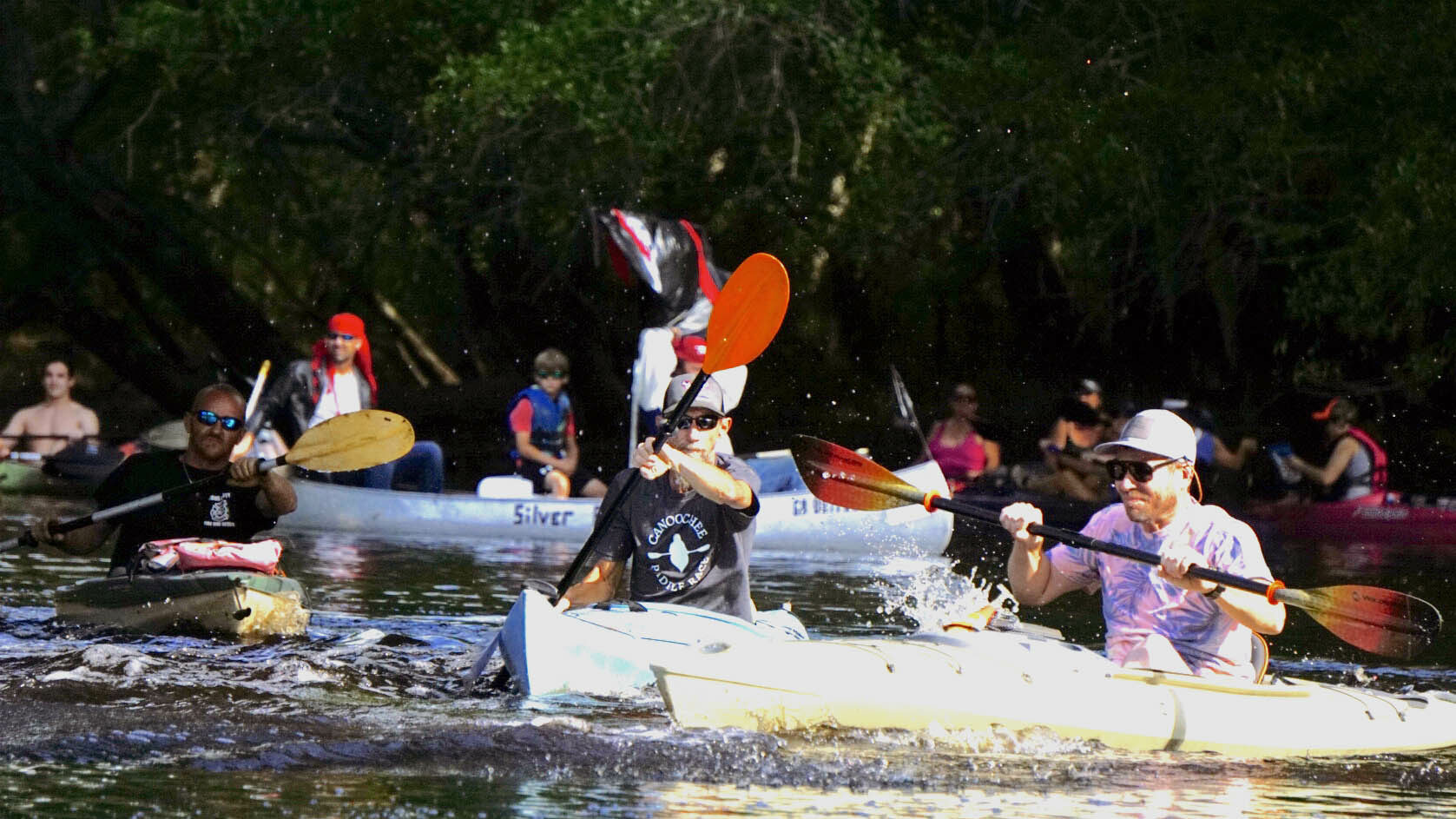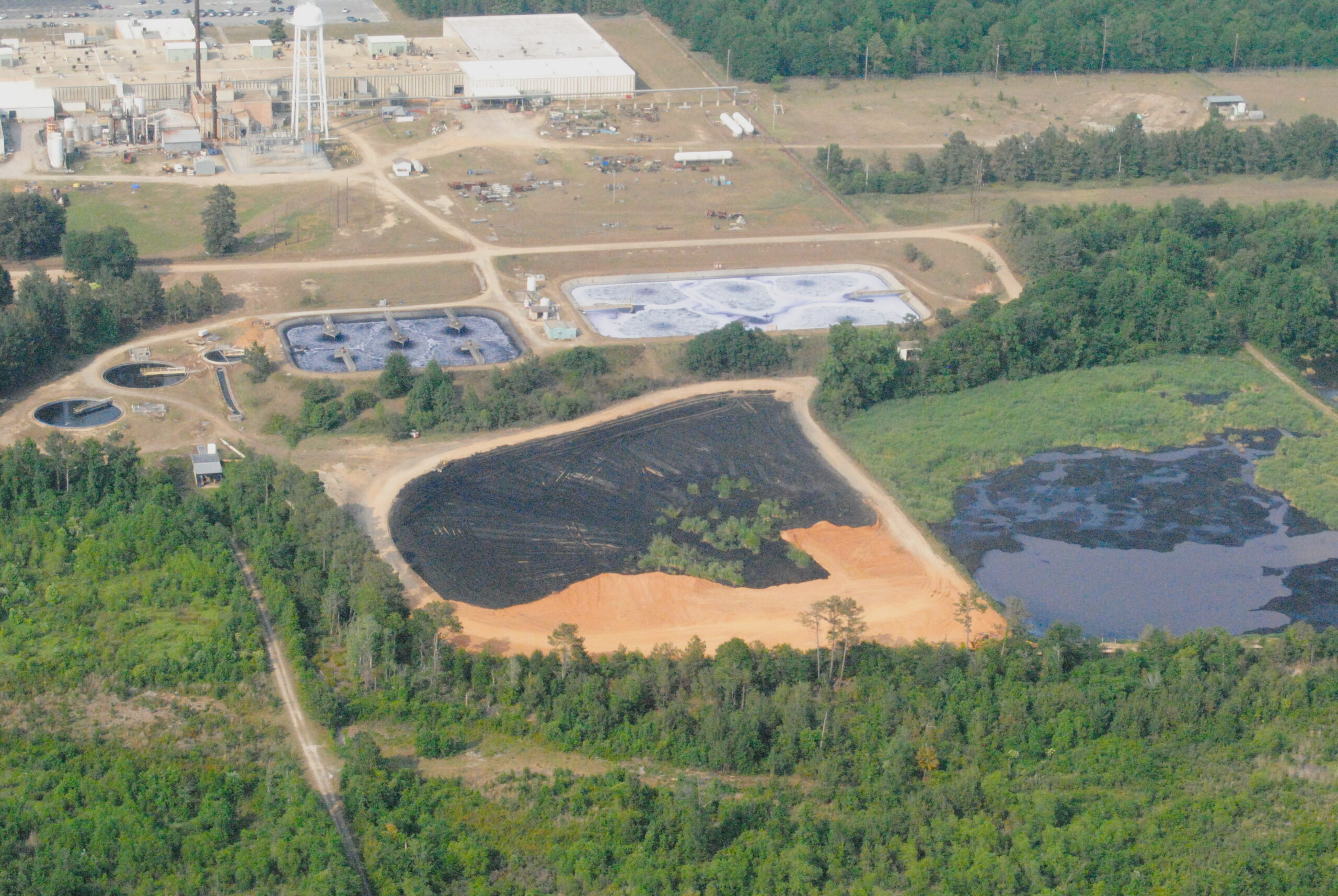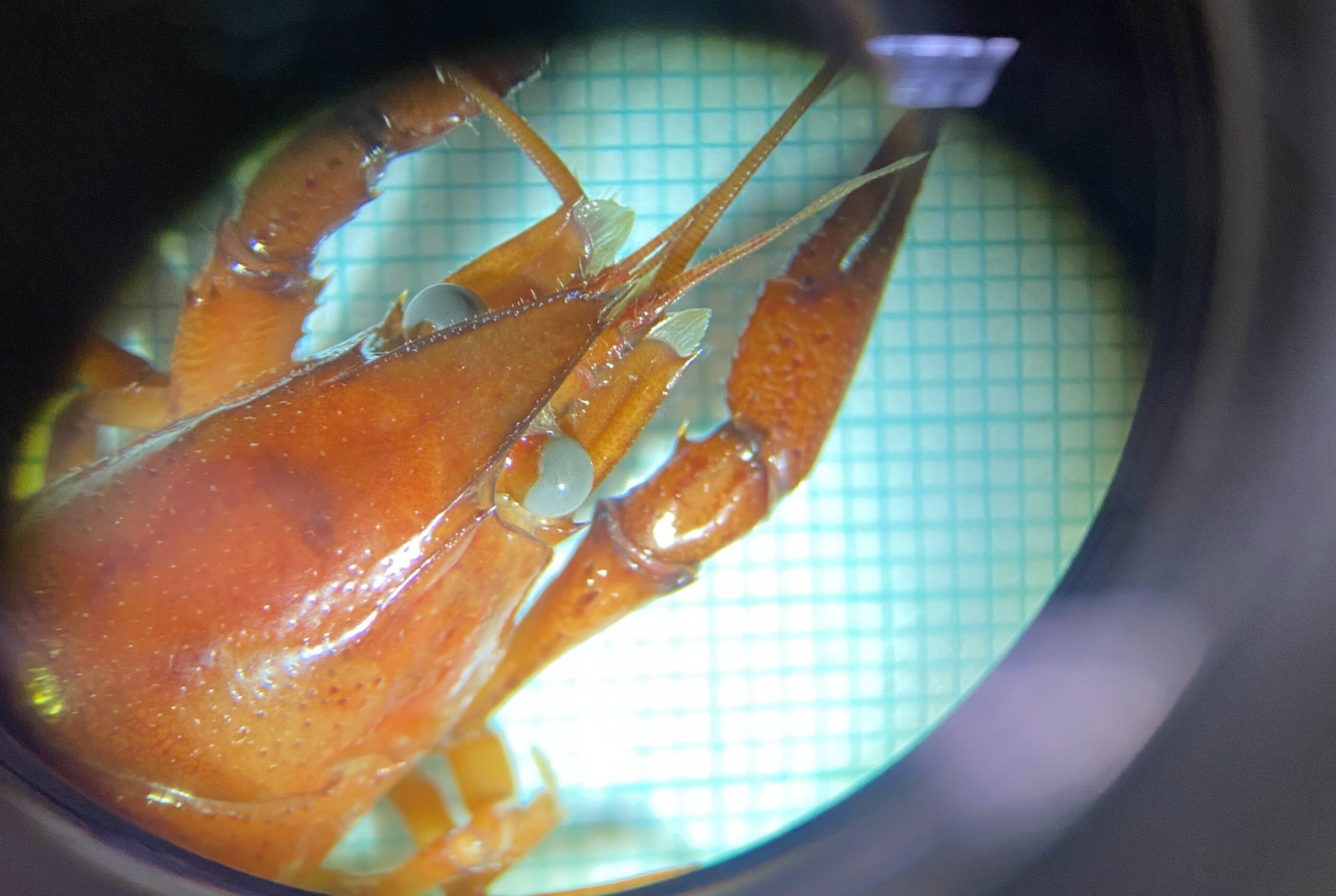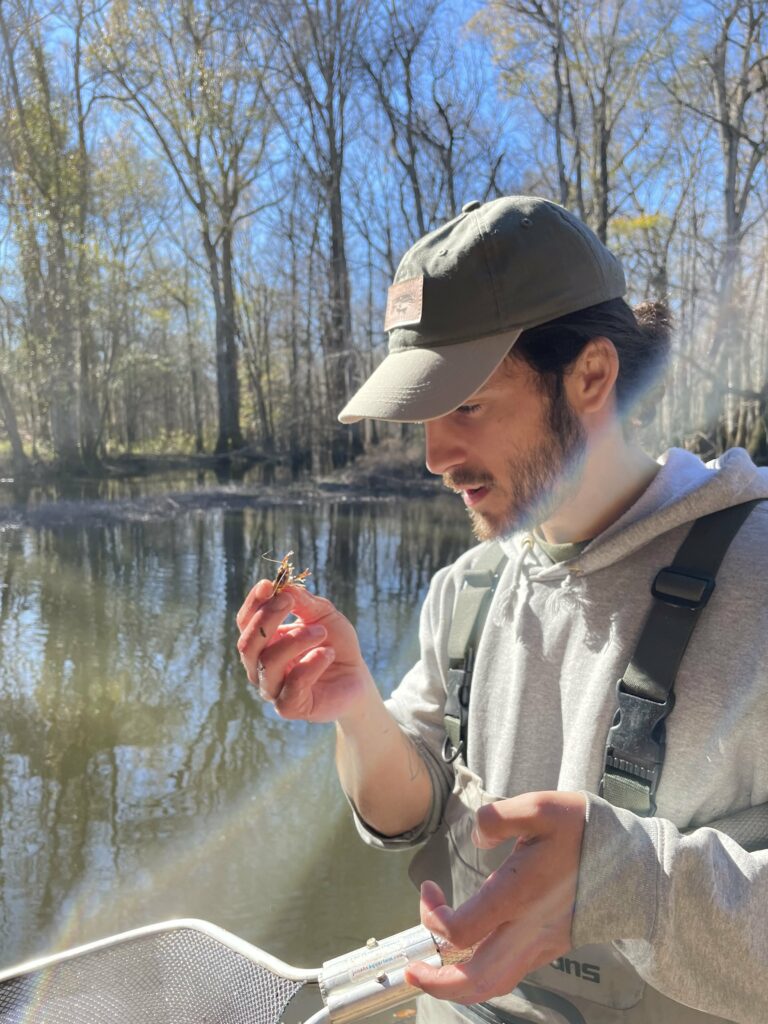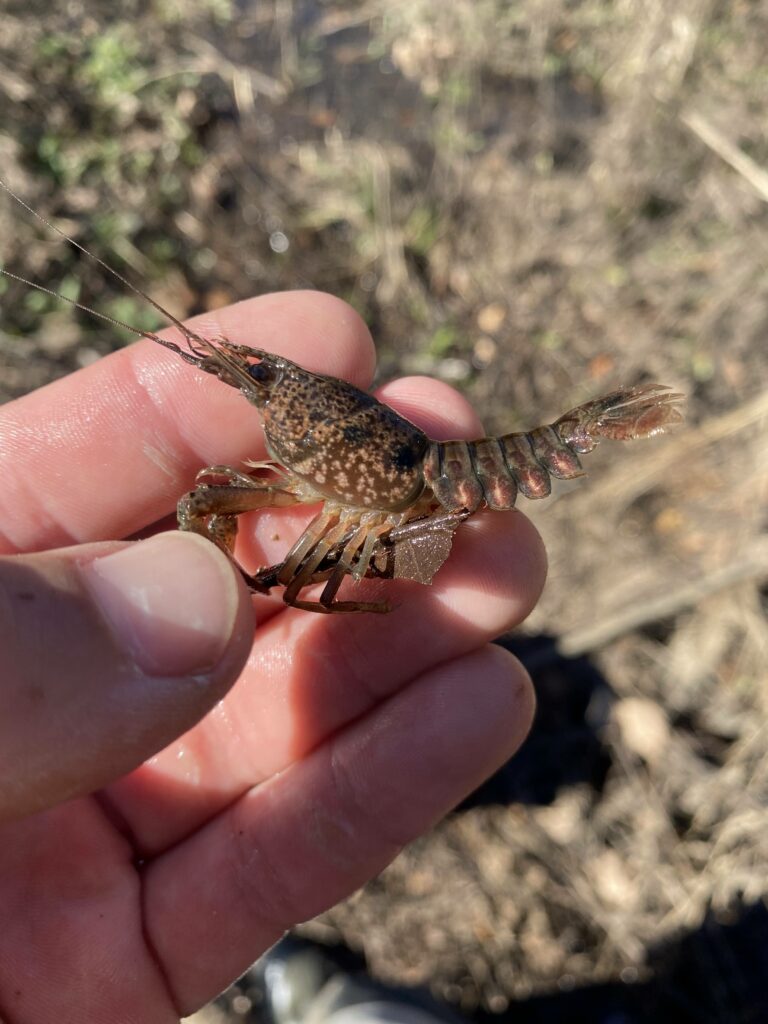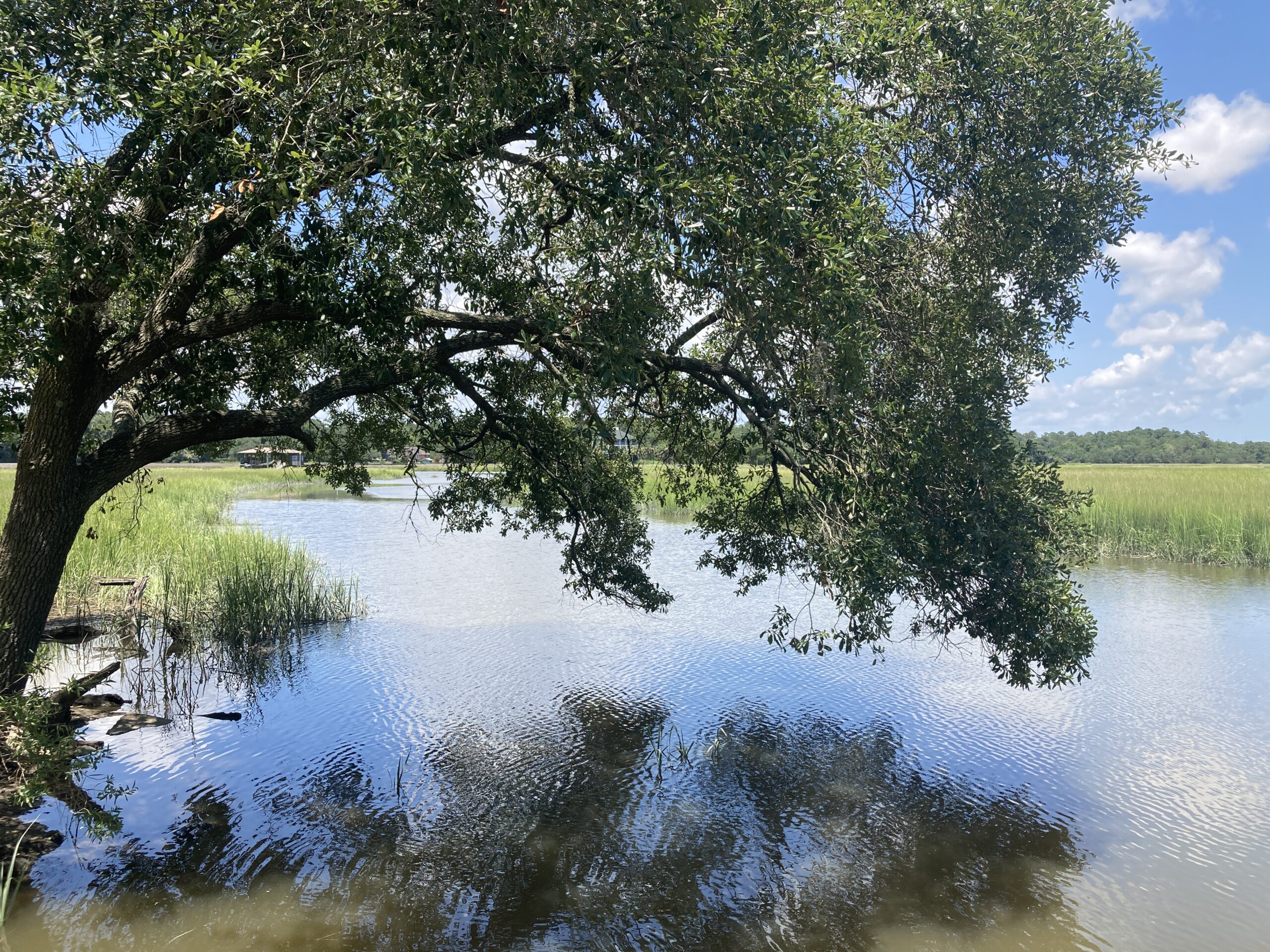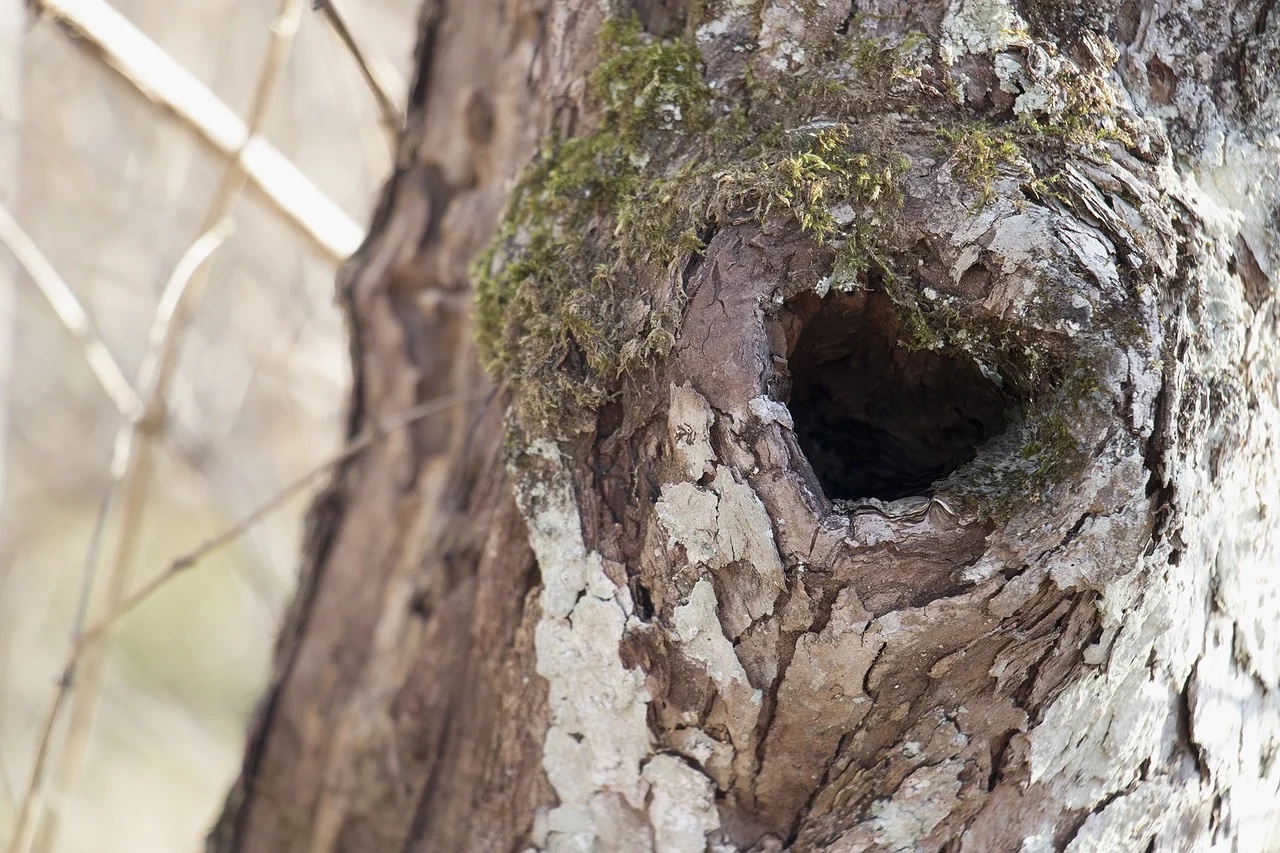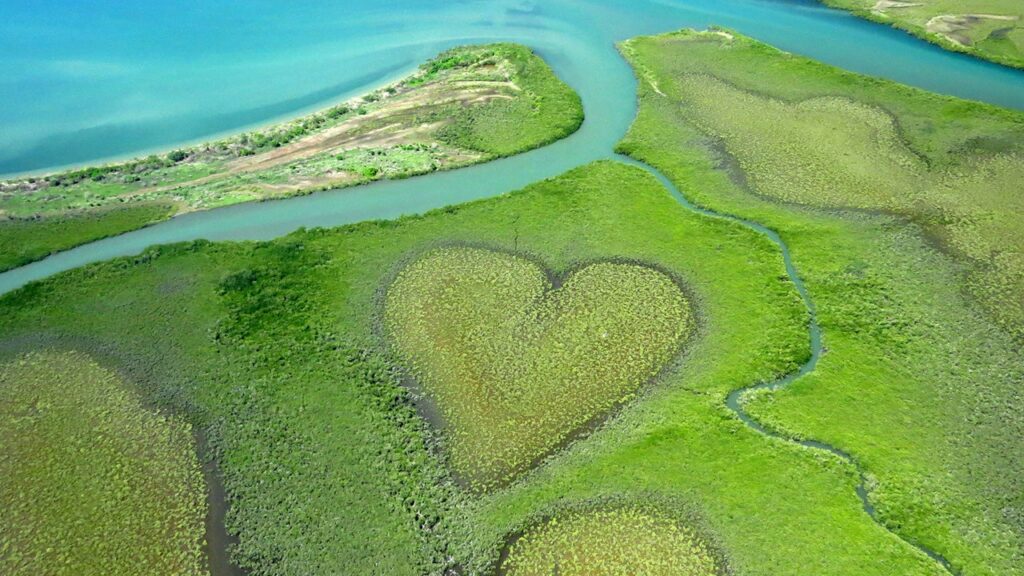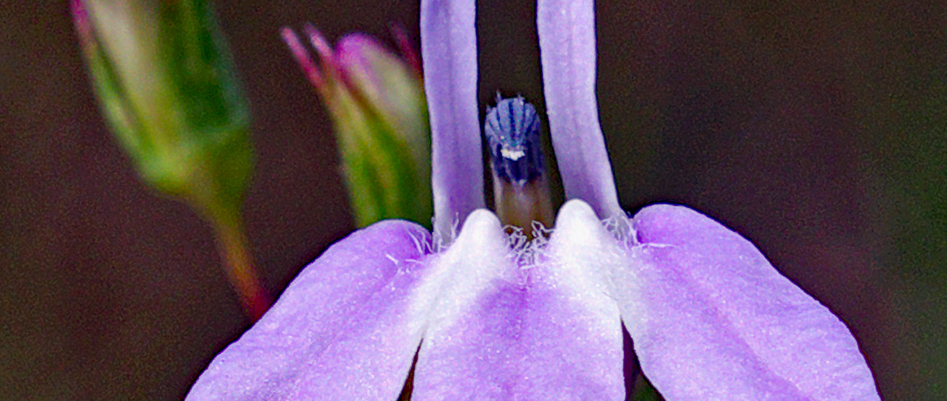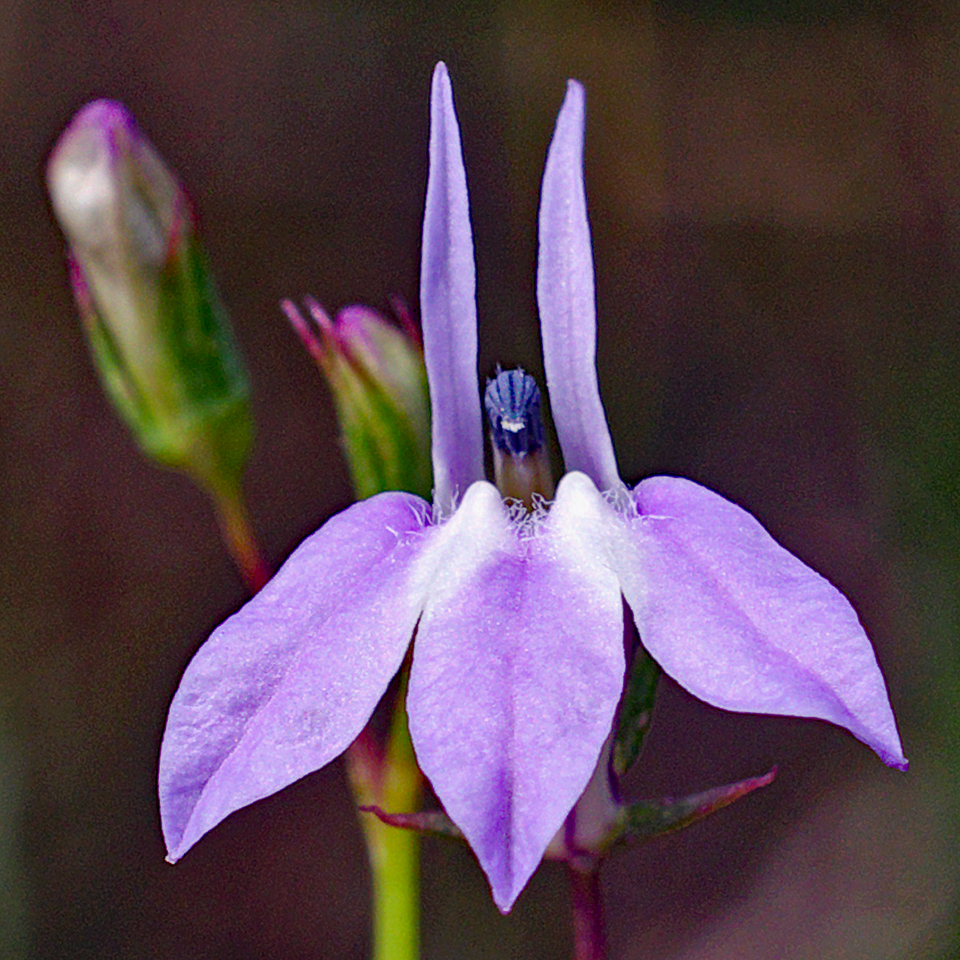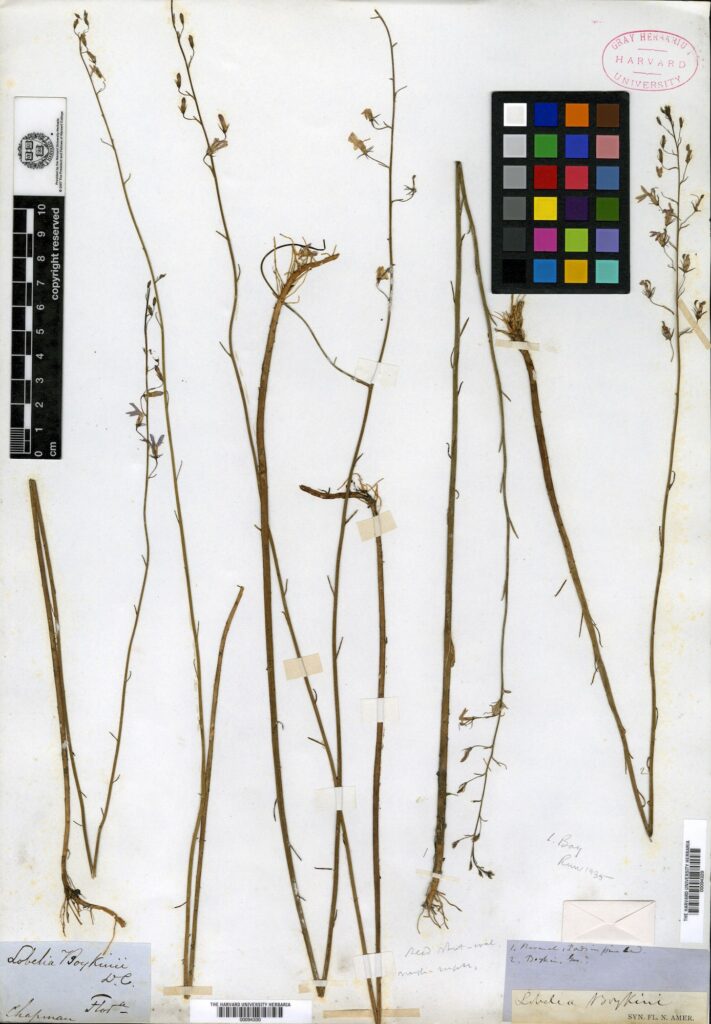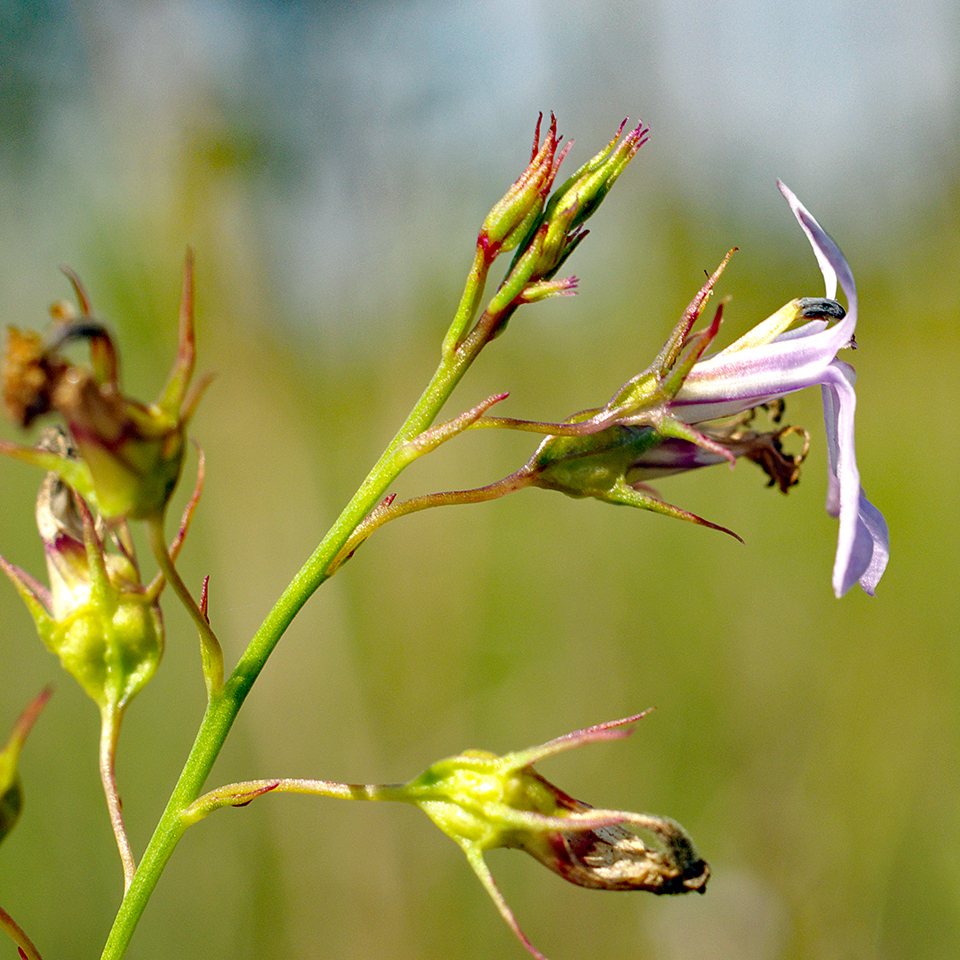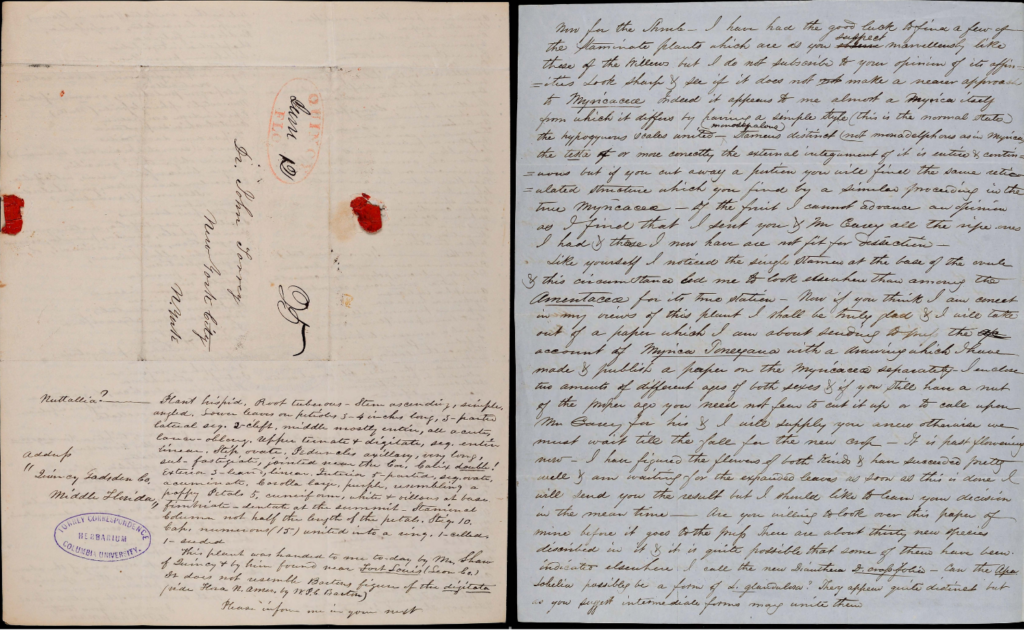February 18, 2022
Ogeechee Riverkeeper
Contact: Meaghan Gerard
Communications and Administrative Director
meaghan@ogeecheeriverkeeper.org
MILLIKEN VOWS TO HALT USE OF PFAS CHEMICALS BY YEAR’S END
One of their industrial textile facilities is on the banks of the Ogeechee River
Milliken has promised to stop using PFAS, otherwise known as ‘forever chemicals’ in their facilities by December 2022. They are eradicating these chemicals from two product lines from facilities worldwide. This includes the Longleaf facility located in Screven County on the banks of the Ogeechee River.
Ogeechee Riverkeeper (ORK) discovered PFAS in the river, then produced and publicly shared sample evidence to indicate PFAS were being discharged by Milliken in fall of 2020. This information was shared with the public, and with Georgia Environmental Protection Division (GA EPD), along with a request to require Milliken to conduct a full-scale PFAS study before issuing a new permit.
“This is a major step in removing pollutants and contaminants from all of our waterways,” said Damon Mullis, riverkeeper and executive director. “We are pleased our work on this issue gained enough public attention to encourage a change in company practices.” Mullis adds that ORK will continue to monitor for compliance.
PFAS are a class of chemicals that do not break down in nature and bio-accumulate in living organisms, including humans. Studies show links to thyroid and liver problems, obesity, high cholesterol, low birth weight, and certain cancers. There are currently no national standards for ‘acceptable’ levels of PFAS contamination. The U.S. Environmental Protection Agency (EPA) is still studying the issue but the agency recently added PFAS to the Toxics Release Inventory (TRI) list.
Removal of this harmful chemical from Milliken’s process is positive for the health of the river, but ORK will continue to push for stringent standards on any permit renewal for Milliken. Outflow from the facility was the contributing factor to a massive fish kill in 2011, one of the largest in the state’s history. The facility has at least one Clean Water Act (CWA) violation on record for the past 11 of 13 quarters, including the most recent 4 quarters.
More on the history of Milliken’s facility along the Ogeechee River
About Ogeechee Riverkeeper: Ogeechee Riverkeeper 501(c)(3) works to protect, preserve, and improve the water quality of the Ogeechee River basin, which includes all of the streams flowing out to Ossabaw Sound and St. Catherine’s Sound. The Canoochee River is about 108 miles long and the Ogeechee River itself is approximately 245 miles long. The Ogeechee River system drains more than 5,500 square miles across 22 counties in Georgia. More at ogeecheeriverkeeper.org.
